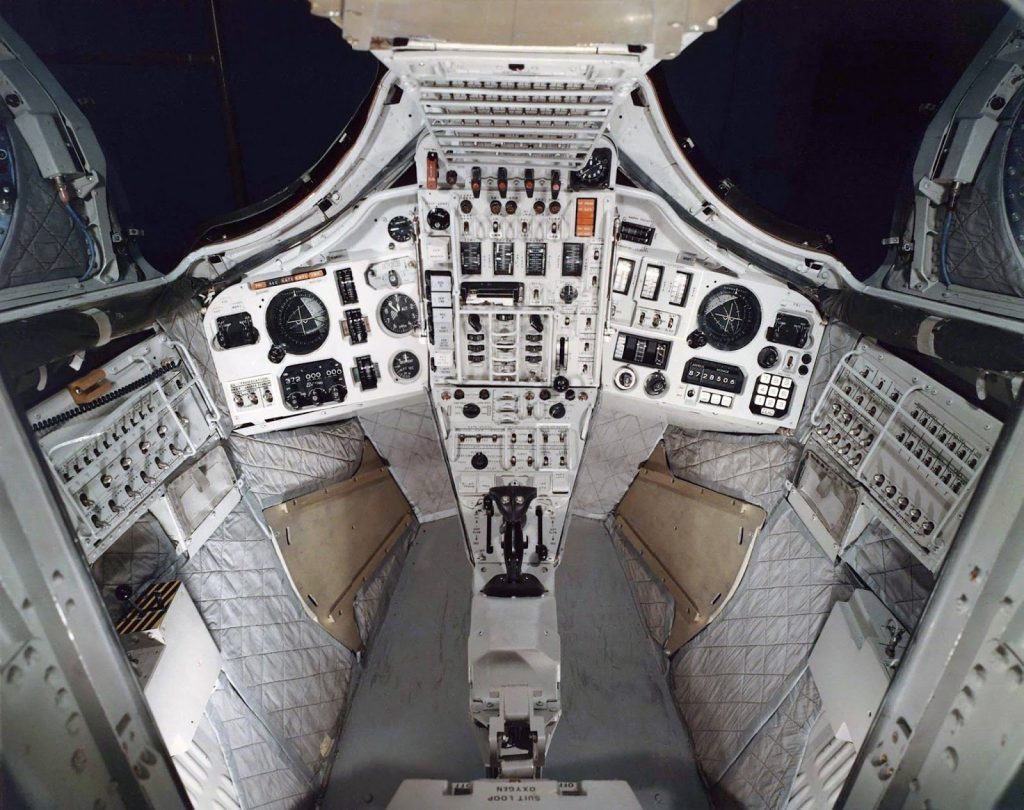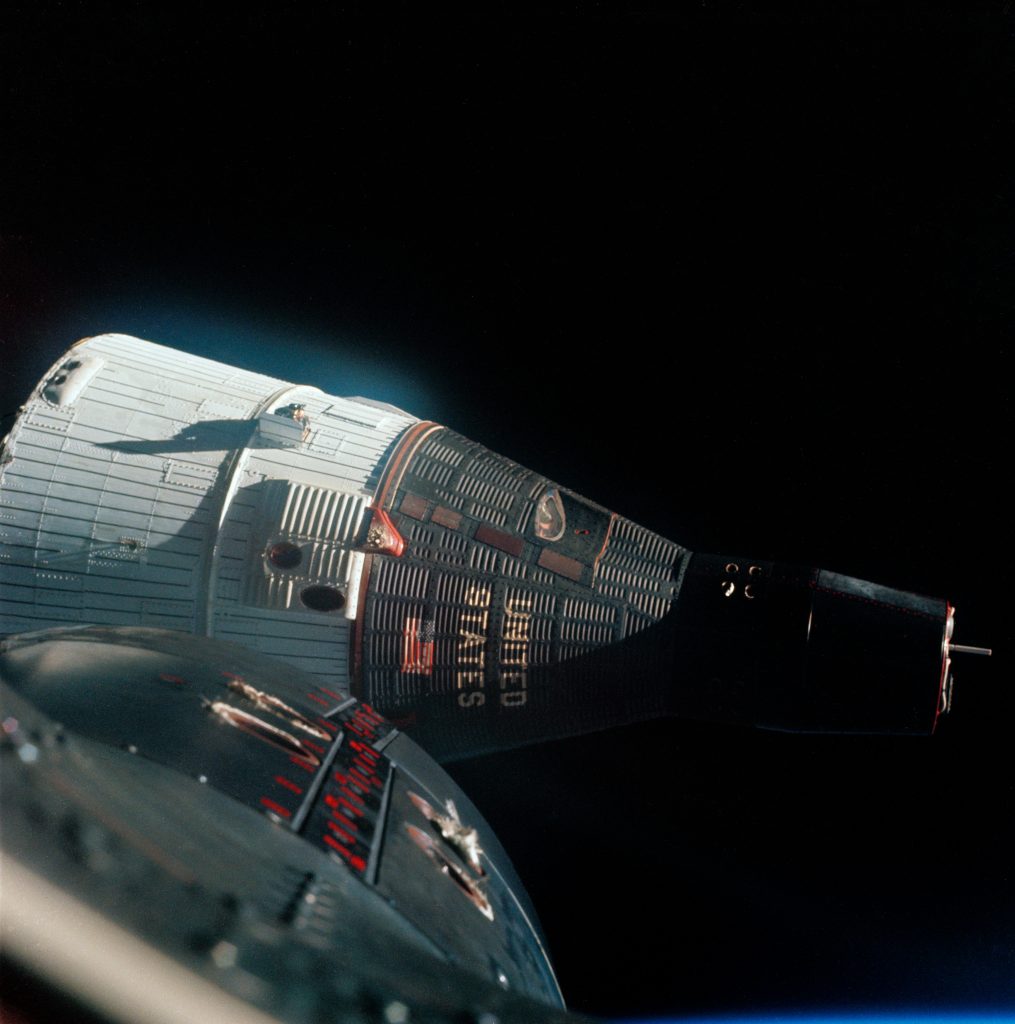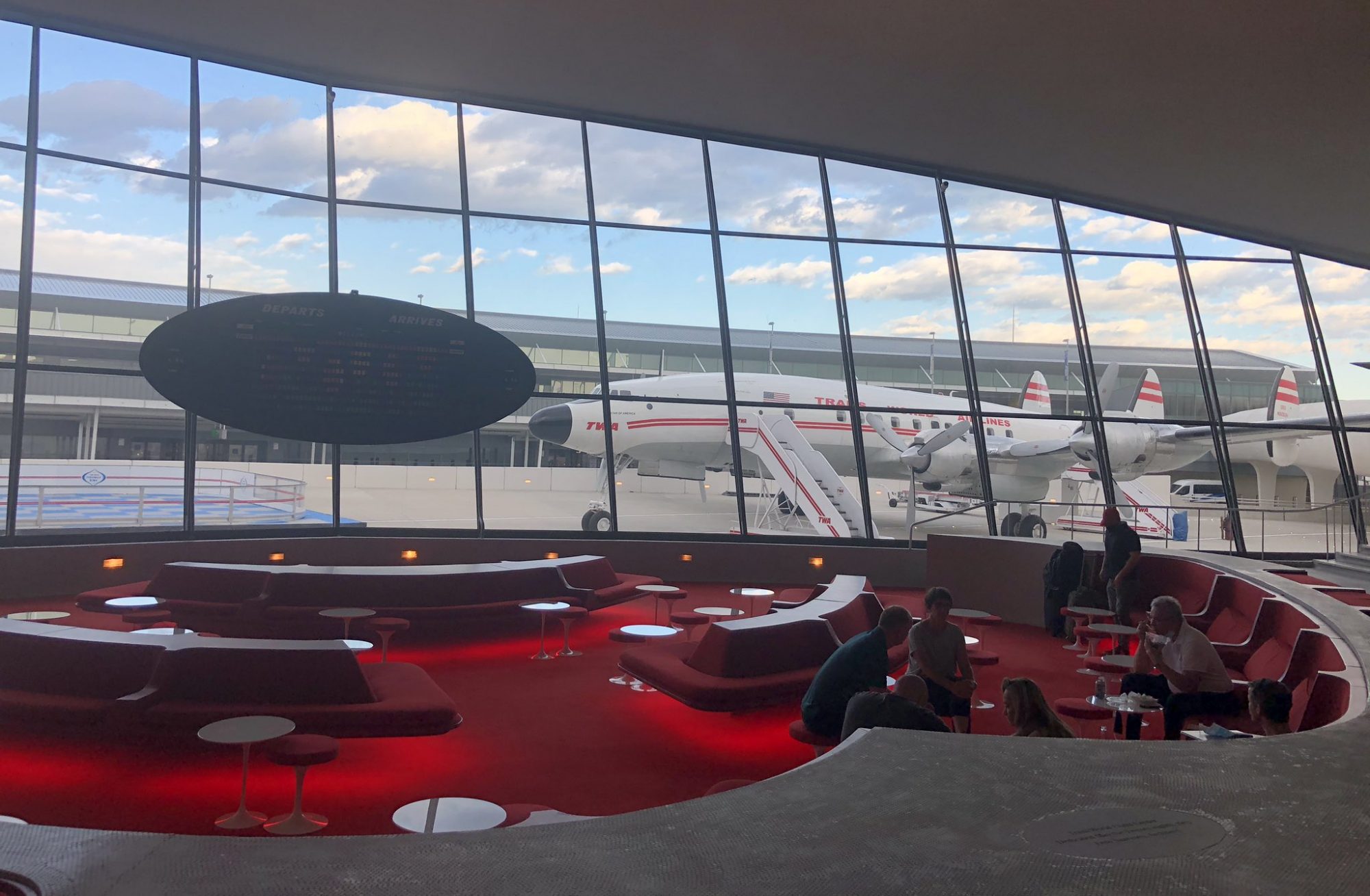(This is an excerpt from an upcoming book on the Borman Collection in the EAA Museum. This section, Frank Borman Achievements of Gemini 7, along with the rest of the book, is due out this Spring. Paying Patreon subscribers get a FREE copy when it comes out this Spring as a thank you for support. Join to read this section plus get access to Interactive Virtual Reality Spacecraft Tours at. Spacecraft Interactive Virtual Museum | creating Interactive Virtual Museum Exhibits | Patreon )
The Gemini 7 capsule was a pivotal spacecraft in the American space program during the 1960s. Launched on December 4, 1965, Gemini 7 was the fourth crewed mission of NASA’s Gemini program and played several important roles in advancing space exploration:
Long-Duration Spaceflight
Gemini 7 set a new record for the longest crewed spaceflight at the time, lasting nearly 14 days (13 days, 18 hours, 35 minutes). This extended mission duration was critical for testing the effects of prolonged space travel on astronauts’ physical and psychological well-being. It provided valuable data and insights that would later inform the planning and execution of longer-duration missions, including those to the Moon.

Crew Endurance and Adaptation
The crew of Gemini 7, astronauts Frank Borman and Jim Lovell, endured the challenges of spending two weeks in the confined space of the spacecraft. Their mission demonstrated the human body’s ability to adapt to the microgravity environment of space for an extended period, paving the way for longer missions such as those to the International Space Station (ISS).

Rendezvous and Docking Practice
During its mission, Gemini 7 served as a target vehicle for the Gemini 6A spacecraft, which launched on December 15, 1965. This allowed Gemini 6A to practice rendezvous and docking maneuvers in space, a critical capability needed for future missions to the Moon and beyond. The successful rendezvous demonstrated the feasibility of spacecraft docking in orbit, a skill that would later be used in the Apollo program.
Overall, Gemini 7 and its crew made significant contributions to advancing the capabilities and knowledge of human spaceflight, paving the way for future exploration beyond Earth’s orbit. Its successful mission demonstrated the feasibility of long-duration spaceflight, rendezvous and docking in orbit, and scientific research in the space environment, all of which were essential for the success of subsequent space programs, including the Apollo missions to the Moon.
Join to read more of this section plus get access to Interactive Virtual Reality Spacecraft Tours at Spacecraft Interactive Virtual Museum | creating Interactive Virtual Museum Exhibits | Patreon )


